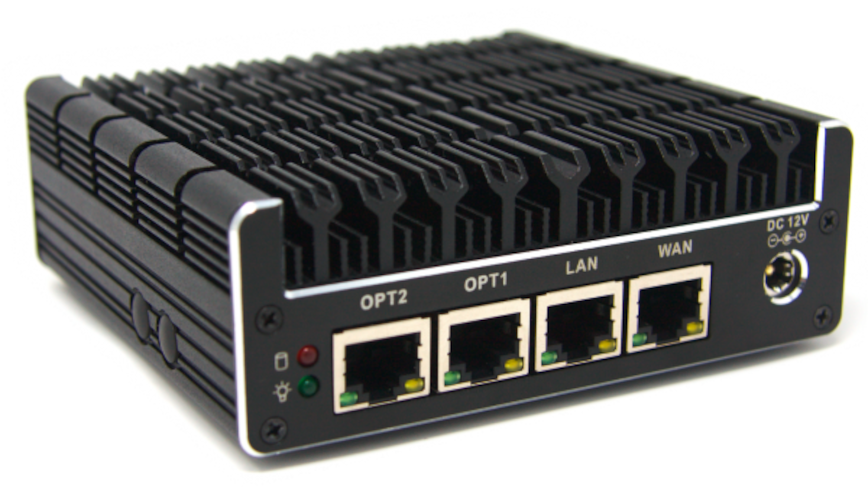Embarking on the quest to find the ideal home office, home lab or small business firewall device is akin to navigating a jungle, but let’s narrow it down by setting the budget to under $300 USD.
Picture this: your network is already configured and has been working without issue for a while now. You are using the basic firewall features found on your ISP router or even an entry-level router. But is a basic firewall enough security?
Table of Contents
Why Basic Firewalls Aren’t Enough
Contents
The basic firewall built into ISP routers and other basic routers is typically referred to as a NAT (Network Address Translation) Firewall or a Stateful Packet Inspection (SPI) Firewall.
The NAT firewall functions by translating the public IP address assigned by your ISP to private IP addresses for devices on your local network, effectively hiding the specifics of your internal network from the outside world. This process provides a basic level of security by making it difficult for unauthorized external hosts to initiate connections to devices within your network.
SPI, on the other hand, examines incoming packets to ensure they are part of an established connection, offering a basic level of protection against unwanted access.
In comparison, a full-fledged firewall device running sophisticated software like pfSense, OPNsense or a dedicated appliance like FortiGate is known as a Unified Threat Management (UTM) Firewall or Next-Generation Firewall (NGFW).
These solutions offer a comprehensive suite of security features beyond basic packet filtering, including intrusion prevention systems (IPS), VPN support, antivirus/antimalware capabilities, advanced threat protection, web filtering, and more.
They are designed for a deeper inspection of the data passing through them, including the ability to inspect encrypted HTTPS traffic, and offer fine-grained control over network traffic based on applications, users, and other criteria.
While the NAT/SPI firewall provides essential protection for everyday internet use, UTMs or NGFWs are equipped to deal with a broader and more sophisticated range of threats, making them suitable for environments requiring higher security levels, such as your home office or small business network.
Entry-Level Hardware Firewall options

Pictured above: Protectli FW4B J3160 – Network Firewall appliance.
Disclaimer: I have no affiliation with the mentioned manufacturers and receive no compensation. Links, including affiliate ones, are provided for convenience without influencing recommendations or prices.
Under $300
- FORTINET FortiGate 40F Hardware – a compact, high-performance hardware firewall designed for small businesses, providing advanced security and networking capabilities. Cost: $250 (usually sells for ~ $400 to $500.)
- HUNSN 1U Rackmount Firewall Hardware – HUNSN RS02 equipped with intel atom d525 processor, compatible with many FreeBSD-based router systems, Linux distros, or Windows Server. Features easy configuration and management. Cost: $300 (barebone)
- Protectli Vault FW4B – 4 Port: This Micro Firewall Appliance struts into the arena with the confidence of a heavyweight champion, boasting enough ports to make a server blush. Cost: $250 (barebone)
- VNOPN Micro Firewall Appliance N3700 Quad Core, 2.5GbE: With a name longer than a Monday, this contender packs a punch with its quad-core prowess and 2.5GbE connectivity, promising to be a formidable force against digital intruders. Cost: $260 (4GB RAM DDR3, 64GB mSATA SSD)
$300 to $400
Noob friendly / home network
Conclusion
The path to selecting the perfect firewall is not just about ticking boxes or flexing budget muscles. It’s about finding that sweet spot where functionality, security, and value meet.
Whether you end up with the Protectli Vault, the VNOPN appliance, or a noob friendly Firewalla series, remember—the real victory lies in the journey, the moments of confusion that you troubleshoot and the triumphant feeling of securing your network.
What would you choose? Any recommendations? Or do you already have a working network firewall appliance in use?






